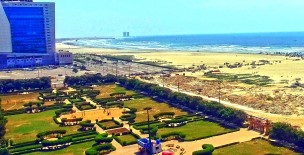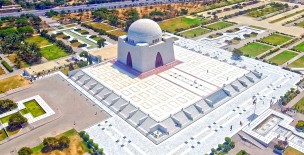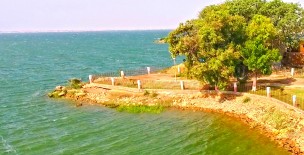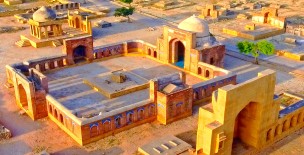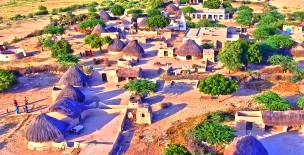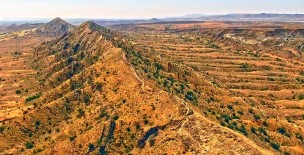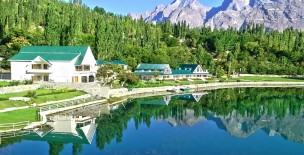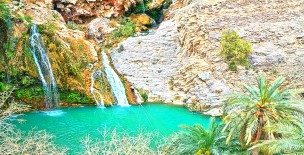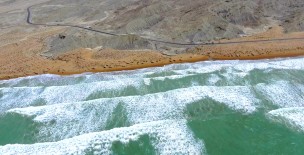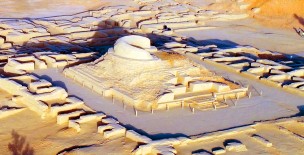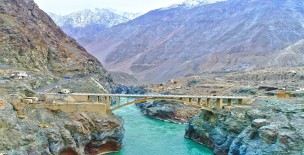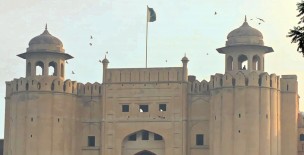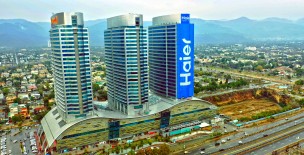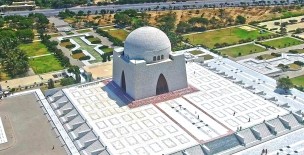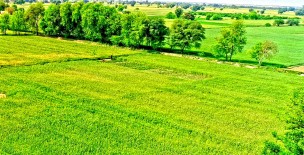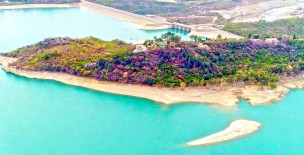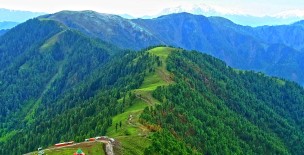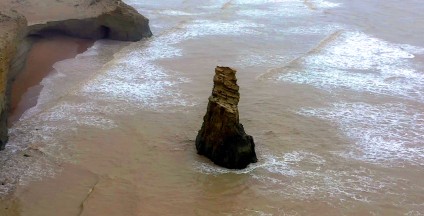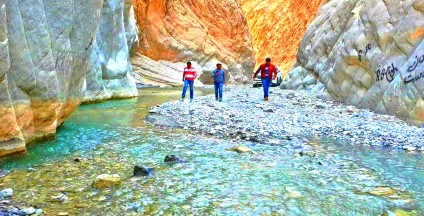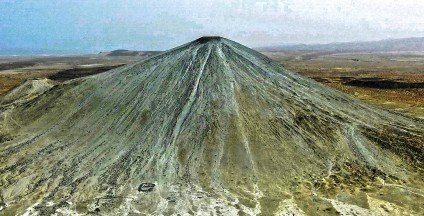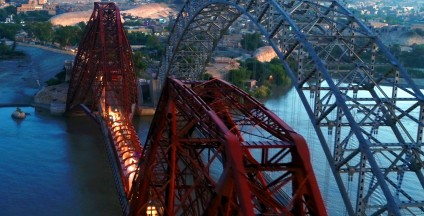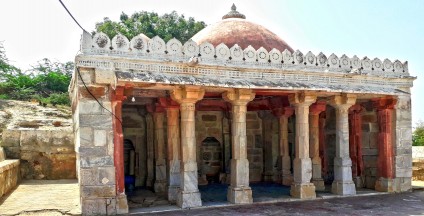Abdullah Shah Ghazi (c. 720) was an eighth-century Muslim mystic and Sufi whose shrine is located in Clifton, an affluent seaside municipality in Karachi, Pakistan.
His real name was Abdullah al-Ashtar. His father, Muhammad al-Nafs al-Zakiyya, was a descendant of the Prophet Muhammad S.A.W., through his daughter Fatimah RA. He is known for his commanding oratory skills, amiable demeanor, and impressive posture.
The tomb is built on a high platform, though the body is kept in a subterranean crypt. The shrine is made of a high, square chamber and a green-and-white striped dome, decorated with Sindhi tilework, flags and buntings.
Devotees to the shrine caress the silver railing around the burial place and drape it with garlands of flowers.
The shrine is said to be particularly popular with Urdu-speakers and Punjabis, although the shrine is also visited by some Christian and Hindu community members.
Until the early 1950s, the shrine was a small hut on top of a sandy hill in Clifton. The shrine was built, expanded and beautified by the then custodian of the shrine, Murshid Nadir Ali Shah of Sehwan Sharif in the mid-1950s.
Traditionally there has always been a devotional connection between the shrine of Abdullah Shah Ghazi in Karachi and the Nadir Ali Shah's Pathan Kafi in Sehwan Sharif.
The shrine expansion and pilgrims attracted the festivities, free meals for all and the devotional music such as Qawwali. In 1962, the Auq?f department took administrative control of the shrine.
In 2011, the shrine was handed over to a private company, M/s Bahria. Bahria Town, a Pakistani construction giant, renovated the exterior of the shrine.
The shrine's management provides two daily meals free to anyone in need.
Sindh - Abdullah Shah Ghazi Shrine - Karachi
Related Videos
Leave a Comment:
For comment please login first: Login here
